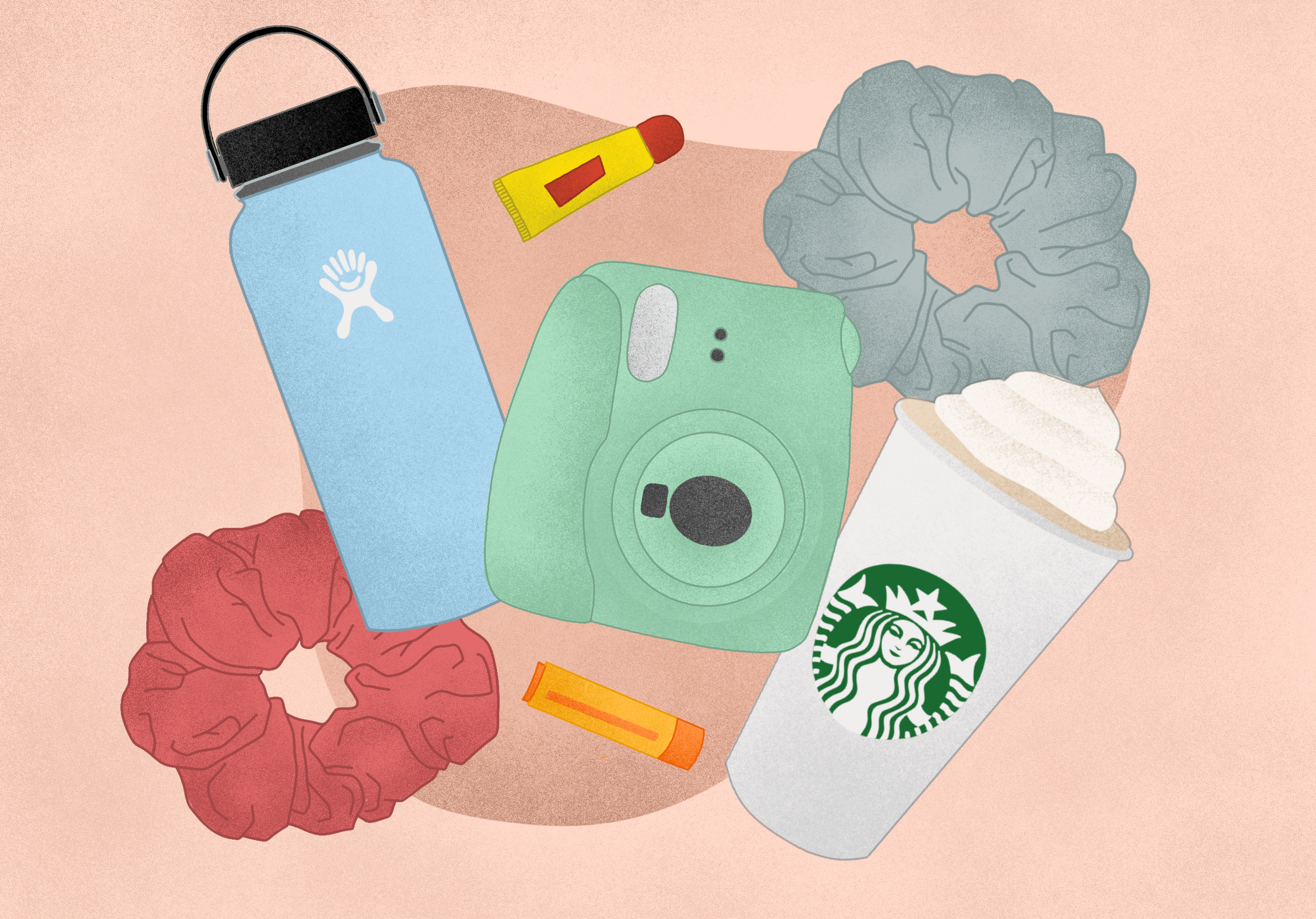Plain black coffee is bland anyway
It’s finally Pumpkin Spice Latte season! And you can bet that I’ve already had three since the beginning of the month.
Though, with great power comes great responsibility: each year, myself and other PSL lovers have to fend off the perennial critique that the drink is basic.
To that, let me say two things: a) the pumpkin spice blend that Starbucks uses is no less than fantastic; and b) what’s so wrong with liking basic things?
We’ve come to attribute a lot of things to this idea of “basicness”: the image of a Michael Kors-clad young woman with a Hydroflask® in her hand and Kylie Jenner’s Candy K on her lips, ordering a smoothie bowl at brunch.
To me, this rhetoric is just another, more personal derivative of our performance-driven society. The logic behind it is that it’s okay to deride certain aspects of popular culture because it allows the creation of a cultural hierarchy.
We’ve learned to gauge our place in society based on others’ behaviours. This is normal; humans are social creatures. In our hyperactive, hyperproductive world, though, we are validated by what we bring to society — especially in the midst of a pandemic, as we are bombarded with tips on how to spend our time usefully.
So when we realize that the conversation about who can be more productive or who is working harder is fruitless, we turn to who is more cultured or has more individuality, traits that are measured by our tastes and interests.
If performance is no longer an accurate determinant of social worth, let personality be.
Twitter user Salvatore Maicki gave a perfect example of this in posting a picture of a textbook page that graphed various elements of our culture into neat rankings (personally, I identify strongly with the tweet’s caption). At the top, you can find highbrow examples like “ballet” or “Hamlet”; at the bottom sit the “paparazzi coverage of Kim Kardashian” and “Grand Theft Auto.” The essence of this unwritten hierarchy is there: the less akin your interests are to the elements at the top of the chart, the lower their considered worth — and thus the lower your perceived value in society.
This assumption does two things: it reinforces the elitist ideas that we’ve based our social constructs on, and it encourages us to see others as two-dimensional rather than as multi-faceted individuals.
Urban Dictionary, a decisively authoritative source on the subject, defines basicness as being “only interested in things mainstream, popular, and trending.” So how do you discern the difference between what is basic and what is simply good enough to be widely appreciated?
Billie Eilish’s music was cool in 2017; now, it’s overly edgy and try-hard. You had good taste if you wore those chunky Filas for the first two months they were trendy, you weren’t if you bought them the day it was collectively decided they were tacky.
But these are arbitrary gradings we’ve created to apply simple labels on those who surround us. This “over-valuing” of originality shames us for being interested in anything popular, and pushes this narrative that people can’t be smart and cultured while also religiously watching The Real Housewives of Beverly Hills.
Our tastes and interests are just that: they’re not telltale signs of a boring or daft character. Everyone thinks. Everyone has ambitions, opinions, and principles, and to expect these traits to be entirely encapsulated in aleatory preferences is simply unfair.
I’m an ardent believer in the “let people enjoy things” doctrine, and I have faith that people enjoy things that are considered basic not because they want to follow the crowd (though that may be one of the factors), but because they genuinely enjoy them.
People shouldn’t have to explain or prove themselves to anyone, especially not judgmental folk who roll their eyes at the sight of “PSL” scribbled on a paper cup. So, please, excuse me while I go get my fourth one this week.
Graphic by @the.beta.lab
